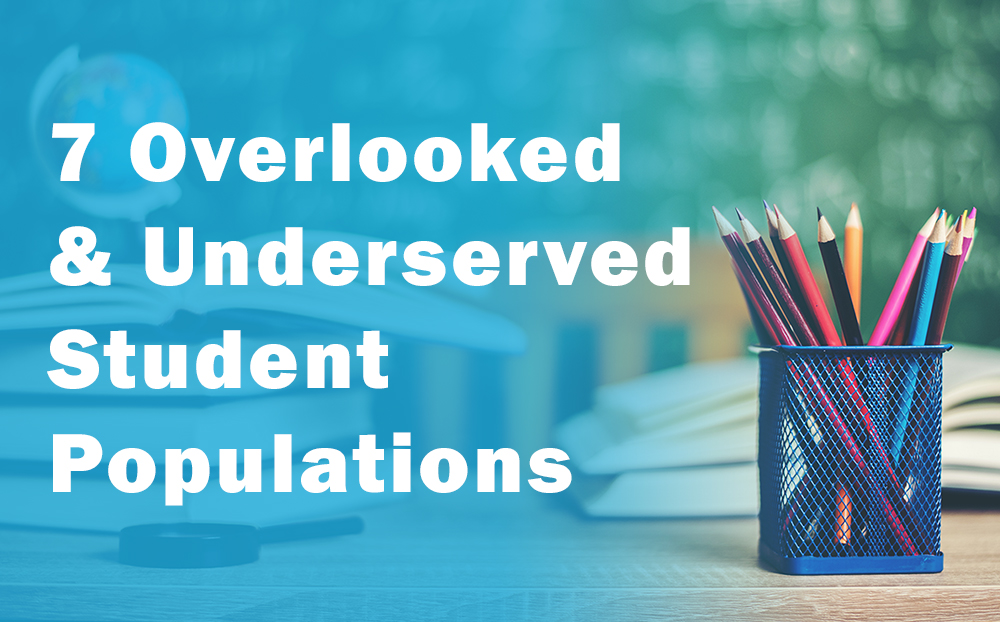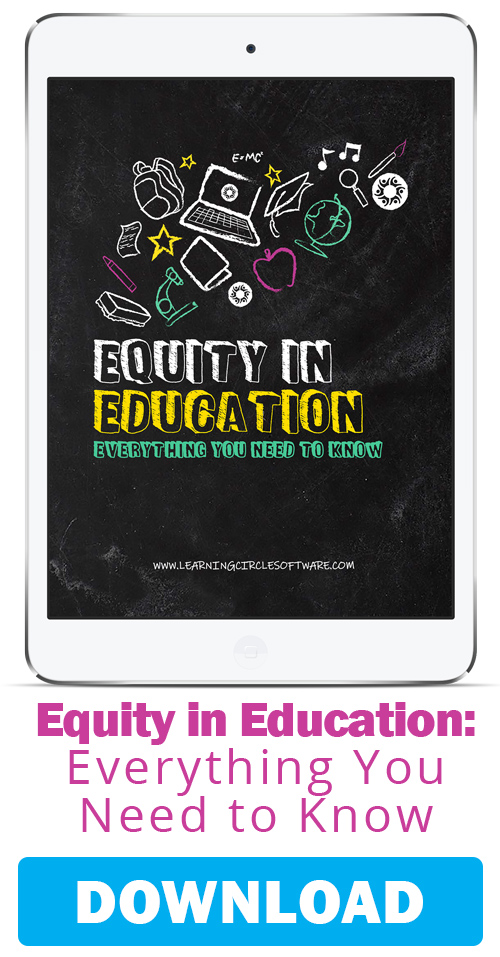When it comes to equity in education, we often think of ethnic and racial minorities, or students from low-socioeconomic backgrounds. However, there is no one-size-fits-all approach to equity. There are many student populations that can use extra resources.
This blog post explores some underserved student groups that might go overlooked for various reasons.
It could be because their problems are not as visible, don’t seem as important, or in some cases even seem too controversial for educators to address…
Consider the following students populations that might need extra support in your community:
1- Students in Food Insecure Homes
17.9% of homes with children in the United States face food insecurity.1 Children in these homes either don’t have a reliable source of meals, or an insufficient quantity or quality of food.
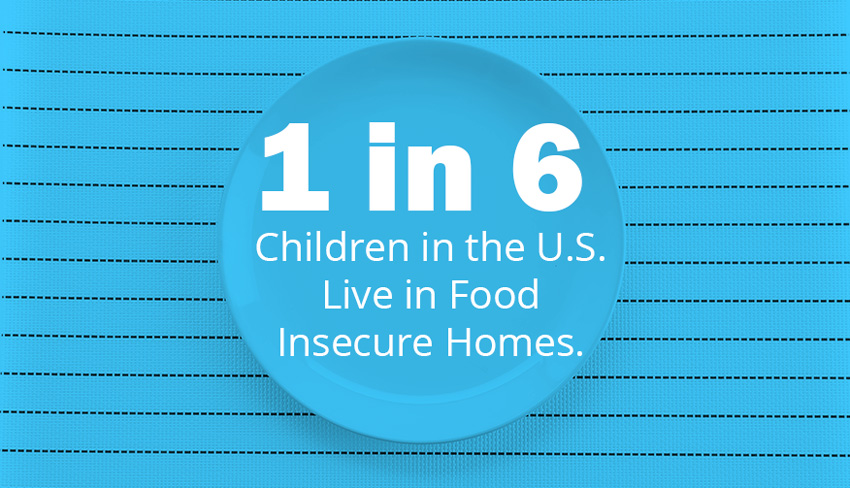
This alone is terrible, but the consequences of food insecurity also transfer to the child’s school life.
Children who are food insecure and/or have limited access to healthy meals will have trouble concentrating both physically and mentally at school.
The long-term consequences are very serious:
- Food insecurity is correlated with lower attendance, lower reading and math scores, and a reduction in a child’s chance of graduating. 2
- Is associated with poor child health2
- Food insecure children are twice as likely to have seen a psychologist or been suspended by the time they are teenagers.3
The National School Lunch Program help, but, imagine the anxiety some children face as the weekend, or summer, looms and they know they’re about to lose access to consistent meals.
How can educators help these students?
Potential Strategies:
- Do your best to ensure families are familiar with and know how to apply for SNAP, WIC and the national school lunch program. According to feedingamerica.org, only 41% of the households they serve receive SNAP benefits when an estimated 88% could be eligible.
- Consider starting a school food pantry to allow families in need an easy, convenient, place to pick up nutritious food. Leftover cafeteria food might even be able to be repurposed here.
- Consider starting a backpack program that sends home a simple breakfasts and lunches for students to enjoy on weekends and school holidays.
- Consider starting a school breakfast program, summer meals program, or afterschool meals program.
Additional Reading:
2- Remote Rural Students & College Readiness
Nearly 30% of U.S. public schools are in rural areas and serve one-fifth of public school students.1
However, despite the large number of students educated in rural areas, these students don’t have the diversity of coursework available to them as their more connected urban peers.
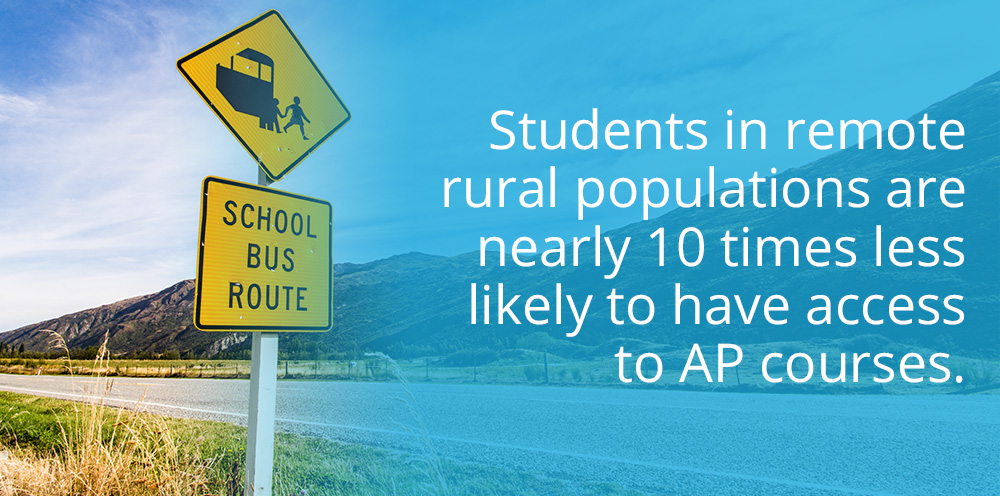
This is especially true when it comes to remote rural schools – those schools located farthest away from urban areas.
- Remote rural populations are almost 10 times less likely to offer access to AP Courses.2
- 47.2% of rural districts have zero secondary students enrolled in AP classes.2
Moreover, some often don’t even have equitable access to the Internet. Only 55% of rural residences have an Internet connection that qualifies as broadband. 3 And, rural areas containing fewer than 2,500 residents attract and retain fewer high-quality teachers.1
These challenges not only put rural students behind when it comes to college readiness, it can also place an increased financial burden on them as they’re not able to earn college credits from AP courses and may need to take remedial classes in college to make up for what they weren’t offered in high school.1
Potential Strategies:
- Partner with local colleges and universities
- Offer online AP courses
- Train local teachers to teach STEM
- Create after-school STEM programs with volunteers
Learn more about this topic:
3- Foster Care Youth
Approximately 400,000 students are in foster care at any given time. That sounds like a large number, but it’s actually less than 1% of all public school students. Helping them succeed is especially challenging for educators.1 Why?
Foster students are often not always known to educators due to frequent school changes, privacy laws, and lack of data sharing between child welfare and K–12 agencies. Luckily, change is on the horizon thanks to some recent research…
The State of California allowed researchers to compare the state’s child welfare records to education records and found that students in California’s foster care have the:
- Lowest graduation rate 2
- Highest dropout rate 2
- Lowest state testing participation rate 2
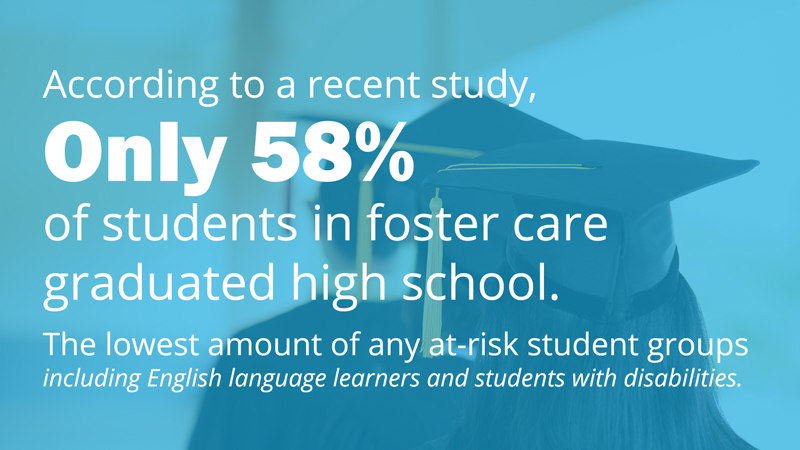
This study uncovered a telling statistic… Only 58% of students in foster care graduated high school, lower than any other sub-group included English language learners and students with disabilities.2
These statistics really shine a light on how important data sharing can be in helping identify the kids who need extra support the most. 3
In 2015, ESSA acknowledged this problem by creating provisions that encouraged collaboration between collaboration between child welfare and education agencies.
Potential Strategies:
- The first step is to identify students in foster care so they can receive the extra help and resources they need. Read the Data Quality Campaign’s Roadmap for Foster Care and K–12 Data Linkages for advice on how to get started.4
- Work with community partners to help provide foster students with extra support and resources.
- Broaden the types of examples and books read to include foster care homes.4
Read more about this topic:
1 U.S. Department of Education: Students in Foster Care
2 Stuart Foundation: The Invisible Achievement Gap
3 Data Quality Campaign: Roadmap for Foster Care and K-12 Data Linkages
4- Students with Incarcerated Parents
In the United States, 2.7 million children have a parent in jail or prison.1
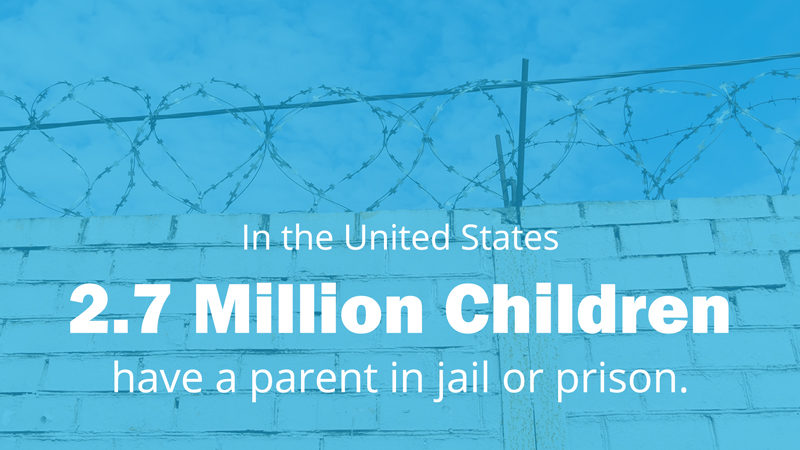
When a child has an incarcerated parent, not only are they left without a parent, but they also must deal with the stigma of having a parent in prison or jail. This compounds with any trauma they may have incurred resulting from the arrest or crime (i.e. exposure to violence, or drug and alcohol abuse).
Potential Strategies:
- Don’t make assumptions about how a student will be affected by their parent being incarcerated, but, do be aware and attentive.
- Connect students with a school counselor
- Look into connecting families with non-profit, government, and community programs designed to help children of incarcerated parents2
- Consider providing books about families with an incarcerated family member in the classroom library
Read more about this topic:
5- Gifted English Language Learners
According to the head of the National Association for Gifted Children, tens of thousands of gifted English language learner students are never identified. 1
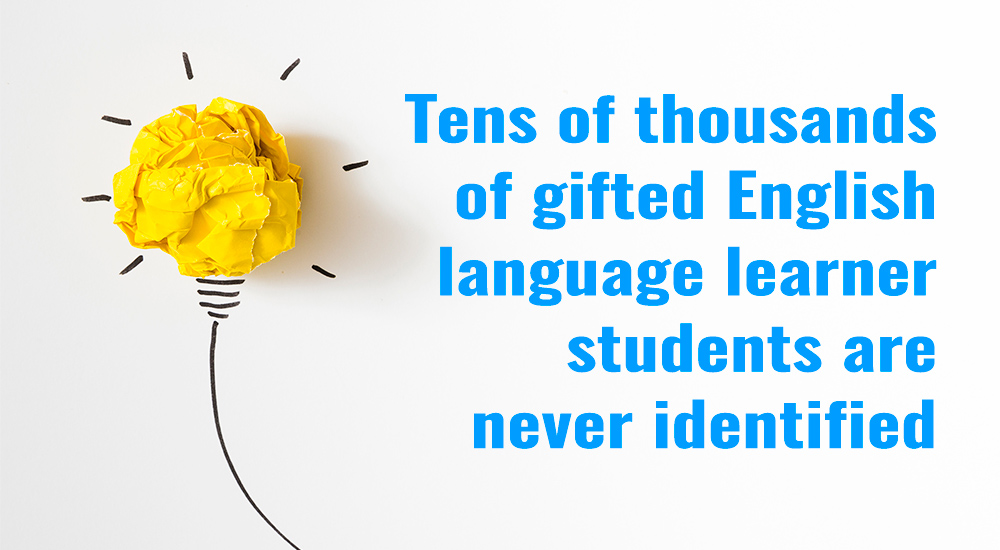
Even though this is the fastest growing population of students, their representation in talented and gifted programs is behind all other underserved student groups.2
Why is this? Most likely due to the language barrier.
Most talented and gifted programs rely on measurements that assume fluency in the English language.
However, researchers state that a gifted student often knows 60% of the course material on the first day of class regardless of the language barrier. The problem is creating a test that isn’t language dependent to identify these students. 1
Additionally, parents of children learning English who are new to the U.S. may feel pressure to assimilate and don’t know their way around the U.S education system.3 This makes them less likely to advocate for their gifted child.
Potential Strategies:
- Create a strategy for identifying talented ELLs
- Don’t shy away from placing talented ELLs in gifted programs just because of a language barrier1
Additional Reading on this Topic:
6- Native Americans Interested in Post-Secondary Health Careers
Native American students face many of the same challenge as other minority and low-income groups.
On top of these challenges though, they also lack role models in many career paths. This is especially true of the healthcare field.1

- Native Americans are the most underrepresented minority in the nursing workforce.1
- Data from 2004 shows that only 0.6% of medicine graduates were Native American. Even fewer were dentistry or public health graduates. Only .1% were registered nurses.1
Not only are Native Americans widely unrepresented in the healthcare field, but Native Americans are also facing decreased health outcomes compared to other ethnic populations.1 Native Americans have a life expectancy that is 4.4 years shorter than all other U.S. races. 2
Studies show that more diversity in the healthcare field improves patient communication, follow ups and treatment adherence. Additionally, it also tends to improve research into health disparities that exist for underserved groups, such as those that exist for the Native American population. 2
Potential Solutions:
- A public health course targets at Native American students has been proven to positively impact their interest in pursuing a health profession. 1
- Understand that many Native American youth have familial responsibilities as home that make it difficult for them to leave home for college after high school. Obtaining support from their family and tribal community could help.1
Additional Reading on this Topic:
7- LGBT Students in Rural Areas
Surveys consistently show schools in rural areas contain the greatest potential for harassment, violence, and bullying for LGBT students.1
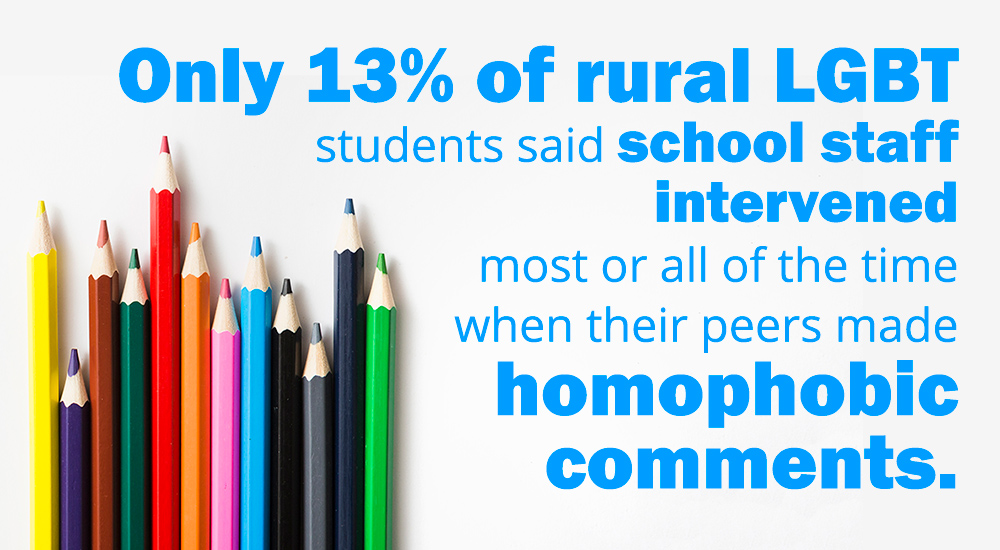
Reasons for this could include culture, lack of a LGBT community in the area, and religious undertones.1
Here are just a few statistics that highlight the challenges faced by LGBT students in rural areas, as reported by GLSEN.org:
- 97% of rural LGBT students hear homophobic slurs used in a negative or derogatory manner.1
- Just 13% of rural LGBT students said school staff intervened most or all of the time to homophobic comments.1
- 81% of rural LGBT students reported feeling unsafe at some point during the year due to one of their personal characteristics (sexual orientation, race, religion, etc.).1
- Only 11% of rural LGBT students reported that their coursework included studies on LGBT people, history or events (compared to 18% of suburban students and 20% of urban students).1
Clearly, harassment and not feeling safe at school is unacceptable. But students who face these challenges also become less engaged at school, so it affects their academics, behavior, and attendance as well.1
Strategies for Educators:
- Educate and encourage school staff to intervene when they see or hear homophobic harassment take place.
- Encourage students to report and speak up when homophobic comments are made to their peers.
- Consider a forming a Gay Straight Alliance (GSA) Club.1
- Encourage teachers to incorporate LGBT history or news & events into their curriculum.1
Additional Reading on this Topic
These are just a few examples of overlooked & underserved student groups.
Educators need to look at the unique circumstances of their district, school, and classrooms to best serve students.
Stay tuned for an upcoming post on how to analyze your data to uncover the inequities specific to your school.
